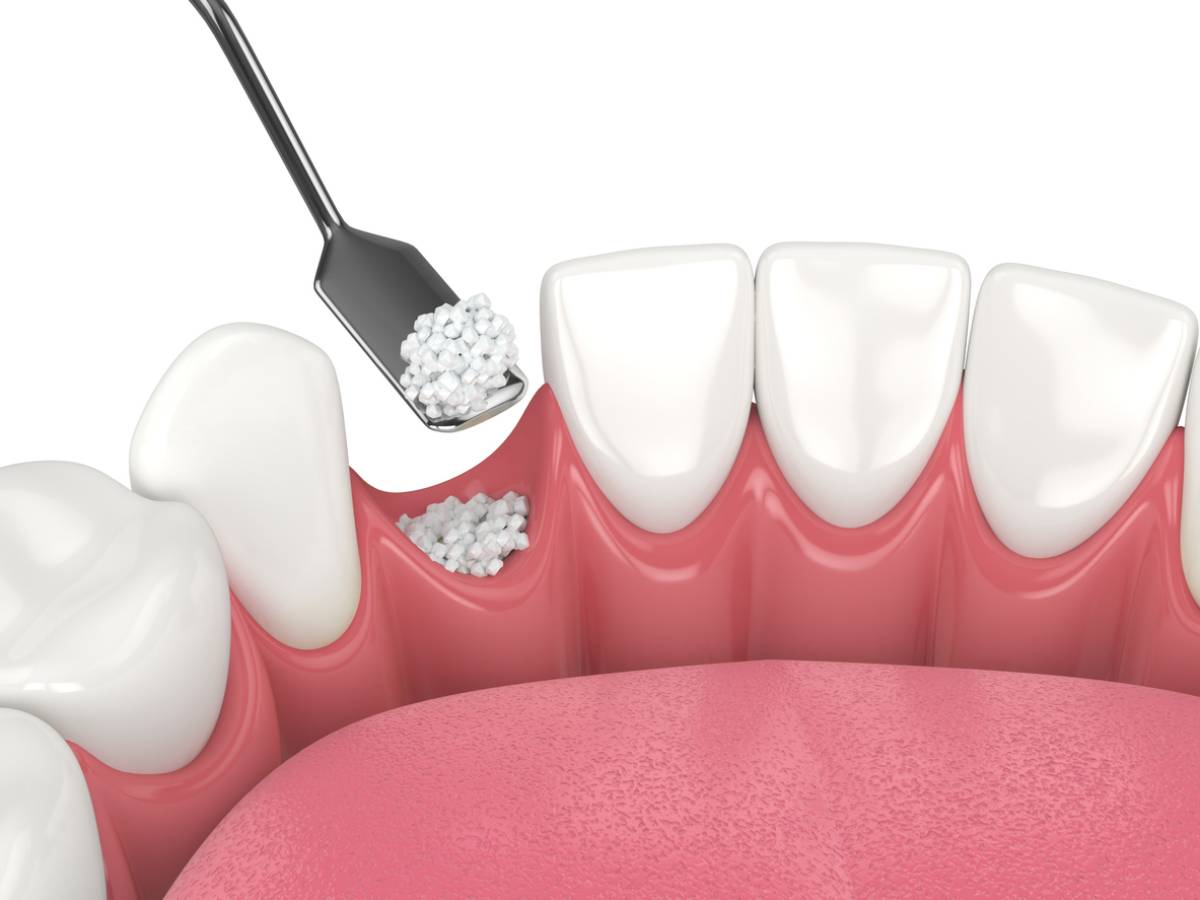Dental implants can provide a permanent solution for missing, gapped, or broken teeth. During the procedure, permanent implant posts will be fixed to your jawbone. If you do not have enough bone mass in your mouth to support the dental implant structure, you may need to get a bone graft. Not every dental implant procedure requires bone grafting. Still, this may prove a necessary step if you lack adequate bone mass, to begin with. Let’s look at preparing for dental implants with bone grafting.
Preparing for Dental Implants with Bone Grafting
In today’s article, our dentist in Bloomington discusses the steps for preparing for dental implants with bone grafting. Find out if you need bone grafting before getting your dental implants, how they work, and what benefits you can receive from the permanent dental restoration.
Why Bone Grafting?
Maybe your dentist has informed you that you need to have bone grafting done before you can reach eligibility for dental implants. Then that may mean you have lost a great number of teeth or bones in your mouth. If you have been dealing with gum disease or broken teeth for many years, it might take a toll on your mouth in more ways than one.
Using bone grafted from other parts of your body, or by using synthetic tissue, the oral surgeon can attach more bone mass to your jaw in order to make it more secure. This will ultimately make your mouth strong enough to support the incoming dental implants.
Determining the Strength of Your Jawbone
The goal of dental implants is for them to fuse with your jawbone, becoming a natural – and permanent – addition to your mouth. Your periodontist will need to assess the strength of your jawbone. Then determine whether or not bone grafting may end up needed to support the implant structures in your mouth.
They will want to know if you have a history of medical conditions affecting the bone, such as osteoporosis or previous physical trauma that may make it more difficult for your body to accept an implant. Depending on the overall health of your bone, your dentist may plan a bone graft as the initial step in the process.
Adding Implants After Your Bone Graft
Bone grafting is a surgical procedure that requires full anesthesia, much like the dental implant procedure. After you have fully healed from the bone graft, and you are ready for your second treatment, you can start the dental implants process. To begin, the surgeon will make an incision in the gums where the implants are going to be placed. Graft tissue will be put here to reinforce the area, and then the implant post will be screwed into it. By suturing the incision, this locks the implants in place, securing them permanently to your mouth.
Your dentist will then attach implant teeth to the top of the posts so that you can start to make a full recovery. You may notice some pain and swelling during recovery. But you will ultimately have with a brand new row of teeth that look, feel, and act just like normal.
Get Dental Implants in Bloomington Today
If you have suffered from previous bone loss or dental deterioration and you are looking to secure a future of good health with implants, you may need to get a bone graft first. You can talk about the initial steps with our friendly staff members, who will set you up with the right amount of dental bone grafting in Bloomington to provide the strength needed to support implants. Learn more about your permanent dental solutions that will set you up for a future of health and functionality when you get in touch with us today!


